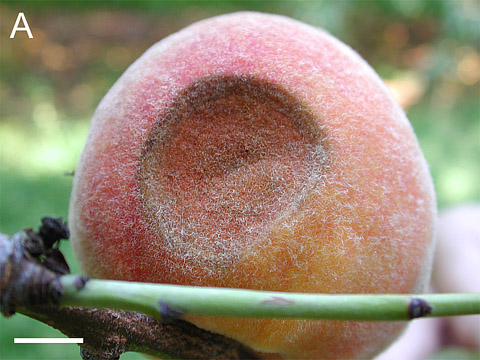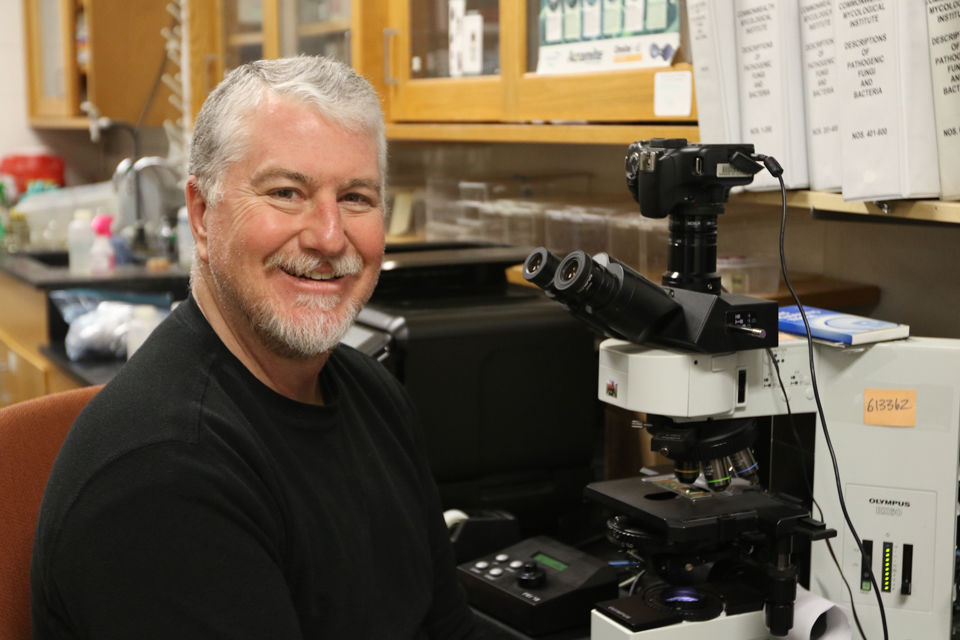By Clint Thompson
Anthracnose disease is on the rise in peaches in the Southeast. University of Georgia researchers are determined to find out why.

Phil Brannen, University of Georgia Cooperative Extension fruit disease specialist, is wary that fungicide resistance is a culprit as to why disease instances have increased in recent years.
“I fear, and it’s something we need to look at, and hopefully we’ll look at it this upcoming year, I do fear that fungicide resistance could be part of the issue there. We need to look at that more carefully. It’s not like every orchard has anthracnose now, but we definitely see more anthracnose than we have in the past,” Brannen said. “We are having more complaints from producers that they’re seeing more of a problem, and just based on observation, I would agree with them. It is becoming more prevalent.

“It could be that some of the key fungicides that we utilize for anthracnose management are just not effective anymore. It could be some issues with the warmer temperatures in the wintertime. There are all kinds of things we could speculate as to why these diseases like this are increasing, but we have to investigate.”
Anthracnose resembles a salmon-colored spot, which is a hard rot compared to a soft rot. It makes a big spot on the peach. Growers can cut it out but can’t sell it.
“It’s not going to be something you can sell. It’s pretty damaging in that respect,” Brannen said.
Additional research into anthracnose is contingent upon there being peaches in place to do research next spring. That was not the case this past season following freeze events in March that wiped out the crop.
“We had planned to do some trials last year to look at anthracnose more directly. We had a couple of trials we actually flagged and put out with the growers, but they had no peaches. There were no peaches to do the testing. Both of the tests were wiped out. Just like the situations was with their production, we were also wiped out on peaches for those trials,” Brannen said. “I did have a research plot that did have some peaches at the USDA station this year. They had the most anthracnose I’ve ever seen. I didn’t rate it, but it would have been a significant loss to anthracnose if that had been a commercial site where we had those peaches.
“That is my biggest concern going forward as far as a disease in peaches that we need to address in the next year or two.”










